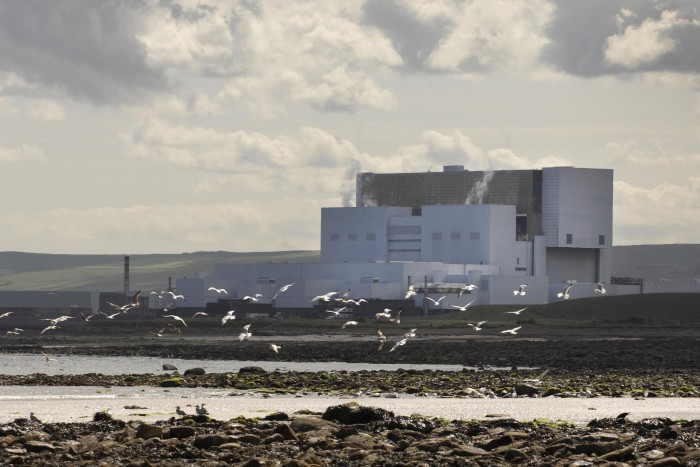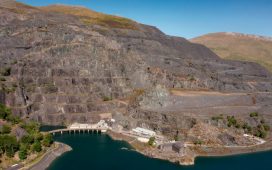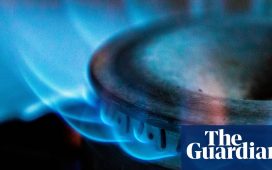Unlock the Editor’s Digest for free
Roula Khalaf, Editor of the FT, selects her favourite stories in this weekly newsletter.
Four of Britain’s dwindling fleet of nuclear power plants look set to remain on stream for at least a further two years, EDF Energy announced on Tuesday, as the French state-owned operator said it aimed to halt seven years of declining output.
The UK’s nuclear generating capacity has fallen rapidly since the start of the decade as three of the country’s eight ageing power stations closed. But EDF, which owns the country’s nuclear fleet via a joint venture with Centrica, said it now planned to explore keeping two of the power stations — Heysham 2 and Torness — open beyond their planned closure date of 2028.
This follows an announcement last year by the company of similar plans to keep the two other power stations that use the same reactor design — Hartlepool and Heysham 1 — open for at least two years beyond their scheduled closure date of 2024.
EDF said the earlier decision should allow it to maintain nuclear power output at last year’s levels of 37.3 terawatt hours until at least the end of 2026. “This medium-term forecast is 40 per cent higher than estimated last year,” the company said in a statement, adding it aimed to invest £1.3bn over the next three years in its five remaining plants.

The company said a decision on the planned extensions for Heysham 2 and Torness power stations, which have a joint generating capacity of 2.4GW, will be taken by the end of the year, subject to plant inspections and regulatory approvals.
The Office for Nuclear Regulation said in a statement: “Several safety cases for the stations are likely to require updating to achieve EDF’s stated ambitions, together with investment in plant to sustain equipment reliability, all while ensuring that the necessary people and skills are on site.”
The more modern Sizewell B power station, which is based on a different reactor design to the four older plants, is due to remain online until 2035, but EDF said its operational life could be extended for another 20 years.
The prospect of maintaining higher nuclear generation capacity in the UK would be welcome as the UK, along with other countries in Europe, seeks to offset the impact of the continent’s reliance on gas from Russia in the wake of the full-scale invasion of Ukraine in early 2022.
Mark Hartley, managing director of EDF’s Nuclear Operations business, said that extending the life of the plants “also helps preserve the critical nuclear skills and capabilities that will be valuable for future nuclear projects”.
One new nuclear power station, the 3.2GW Hinkley Point C plant in Somerset, is currently under construction but has been hit by delays and cost overruns. It is not due to start generating any electricity until June 2027, although this could be delayed further. EDF is also hoping to build another new plant in Suffolk adjacent to Sizewell B.
Other nuclear power plants based on the same design as Hartlepool and Heysham have been forced to close earlier than planned because cracks were found in the reactors’ graphite cores. But EDF said in 2022 that the graphite at both Hartlepool and Heysham 1 remained intact, and regular inspections have continued since then.
Nuclear power is seen as a key part of meeting the UK’s net zero goals, as it does not produce significant emissions once operational and is not dependent on weather conditions, unlike wind and solar.
A decade ago nuclear power was producing more than 60TWh of energy in the UK. Over the past 12 months domestic nuclear generation provided about 15 per cent of the UK’s electricity, compared with 30 per cent for wind and 34 per cent for natural gas.









